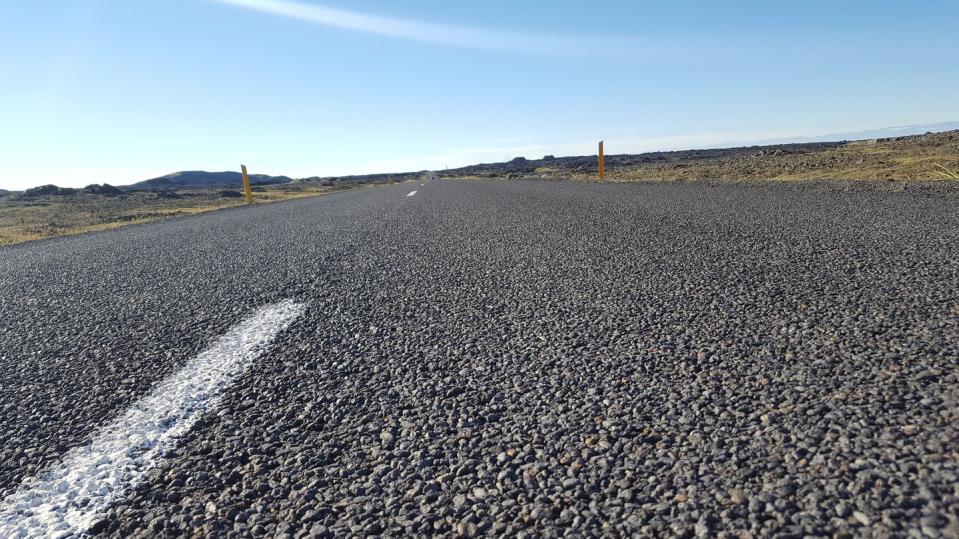Why Chip Seal Is the Absolute Worst


Few things ruin a ride faster than seeing a sign that says: Chip Seal Operations Ahead. Yet another ribbon of smooth asphalt wrecked by pavement’s version of the old Magic Fingers vibrating hotel bed.
Chip seal-also known as chip-and-seal, bituminous surface treatment, or asphaltic seal coat (which sounds like a metalcore act playing at the National Pavement Expo)-is a thin coating of liquefied asphalt covered in a layer of crushed rock, called chip. Other than DOTs, who love it because it’s cheap (as little as 20 percent of the cost of repaving, says the Ohio DOT), no one really likes chip seal. But probably no one dislikes it more than cyclists, who see so much of the stuff because it’s used most often on rural, low-traffic roads-a.k.a. the best riding routes.
To what do we owe this enmity? For one thing, it hurts: Crashing on chip seal is like sliding into a body-size cheese grater. Loose chip is harder to see than black ice, and about as terrifying when you hit it. And it’s messy. Chip can stick to tires and cause flats. Plus, the asphalt layer is designed to melt in hot weather (to reseal cracks), which makes little balls of tar fly up from your tires and stick to your frame (try WD-40 or peanut butter to remove).
And if none of those fates befalls you, you’re still consigned to a buzzy, hand-numbing ride that is actually slower because of the surface’s greater impedance. Because it’s cheap, and transportation budgets are stretched, we’ll probably see more chip seal in the coming years. But that doesn’t mean you have to like it.
You Might Also Like